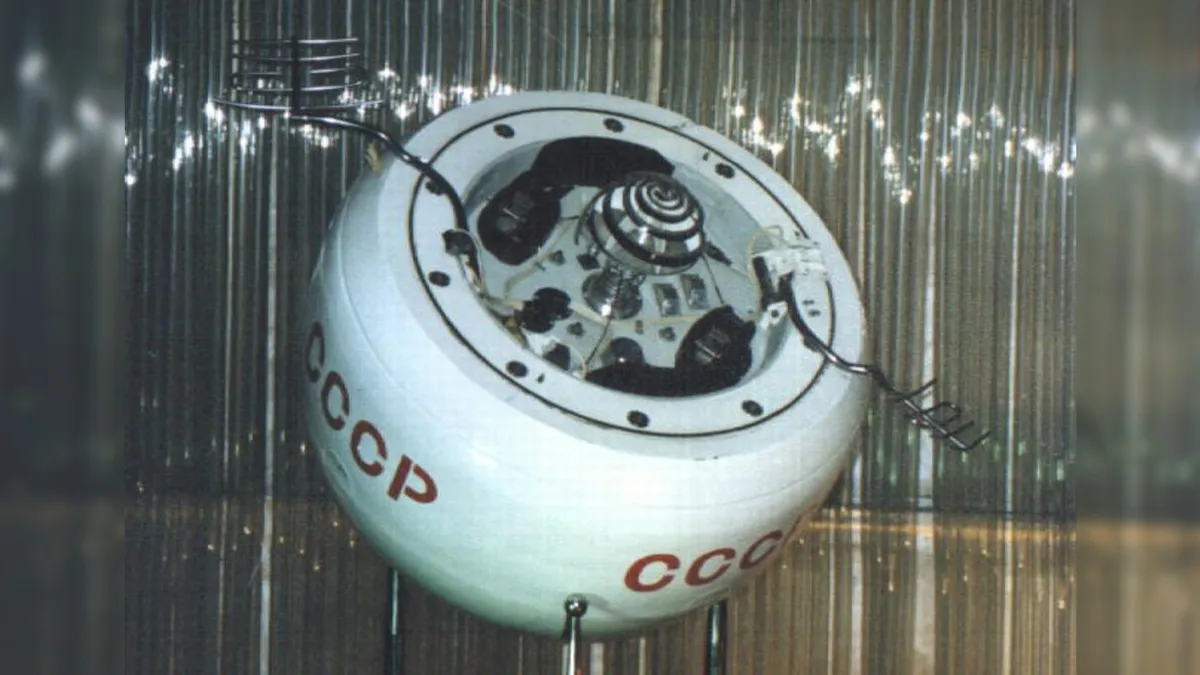
In an extraordinary event expected in the coming days, the Soviet Union's Kosmos 482 spacecraft will make its long-awaited return to Earth after orbiting for over 50 years. Unlike typical space debris, which often creates spectacular meteor showers, this scenario is quite different. The Kosmos 482 was specifically designed as a Venus lander, which raises intriguing questions about its potential survival during reentry into the Earth's atmosphere.
Crafted for the harsh conditions of Venus, Kosmos 482 may withstand the passage through our atmosphere intact. According to Dutch satellite tracker Marco Langbroek, the spacecraft's design could allow it to survive reentry and impact without disintegrating. However, the odds are not entirely in its favor; Langbroek notes that the deployment of its parachute system is unlikely to function after 53 years and with depleted batteries, suggesting a hard impact is more probable.
The reentry of Kosmos 482 is shrouded in uncertainty due to multiple factors. The spacecraft will undertake a long, shallow reentry trajectory, complicating predictions about its fate. Additionally, the advanced age of the probe contributes to the unpredictability of its descent. Kosmos 482 was originally part of the famed Venera program, intended for the exploration of Venus. Launched in 1972, it encountered a rocket failure that left it stranded in an elliptical orbit around Earth.
Recent forecasts indicate that Kosmos 482 will return to Earth around 4 a.m. EDT (0800 GMT) on Saturday, May 10. However, the timing remains uncertain, with an error margin of plus or minus 20.6 hours. The spacecraft's orbital inclination of 52 degrees indicates that its reentry could occur anywhere between 52 degrees north latitude and 52 degrees south, encompassing a significant portion of the Earth's surface. As the craft descends and more observational data becomes available, these error margins are expected to decrease.
Given that approximately 70% of the Earth's surface is covered by oceans, it is highly likely that Kosmos 482 will splash down into the sea. Langbroek posits that this spacecraft is likely similar to the Venera 8 lander, which successfully reached Venus in the same year. If this assumption holds true, Kosmos 482 measures about 3.3 feet (1 meter) in width and weighs approximately 1,190 pounds (495 kilograms).
Modeling suggests that, assuming it does not break apart during reentry, Kosmos 482 will strike the Earth's surface—or the ocean—at a speed of about 150 mph (240 kph). The kinetic energy upon impact is comparable to that of a meteorite fragment measuring 40 to 55 cm (16 to 22 inches) after ablation, according to Langbroek. Despite the potential for a high-speed impact, the design of Kosmos 482 minimizes the risk of catastrophic outcomes for people on the ground, making it less likely to result in a "death from above" scenario.
The return of Kosmos 482 presents a fascinating chapter in space exploration history, encapsulating the legacy of the Soviet Venera program and the enduring nature of human-made objects in space. As we await its descent, the world watches with bated breath, eager to witness the fate of this unique spacecraft.